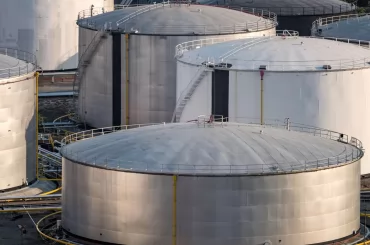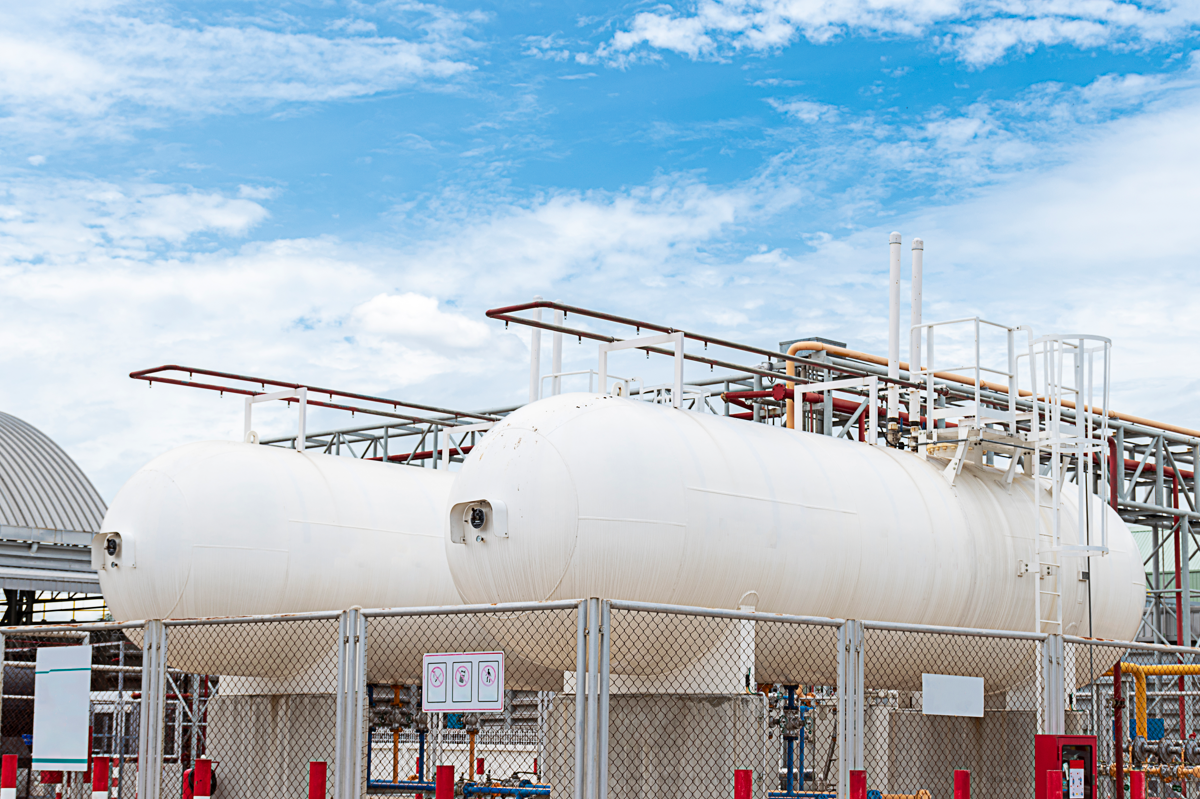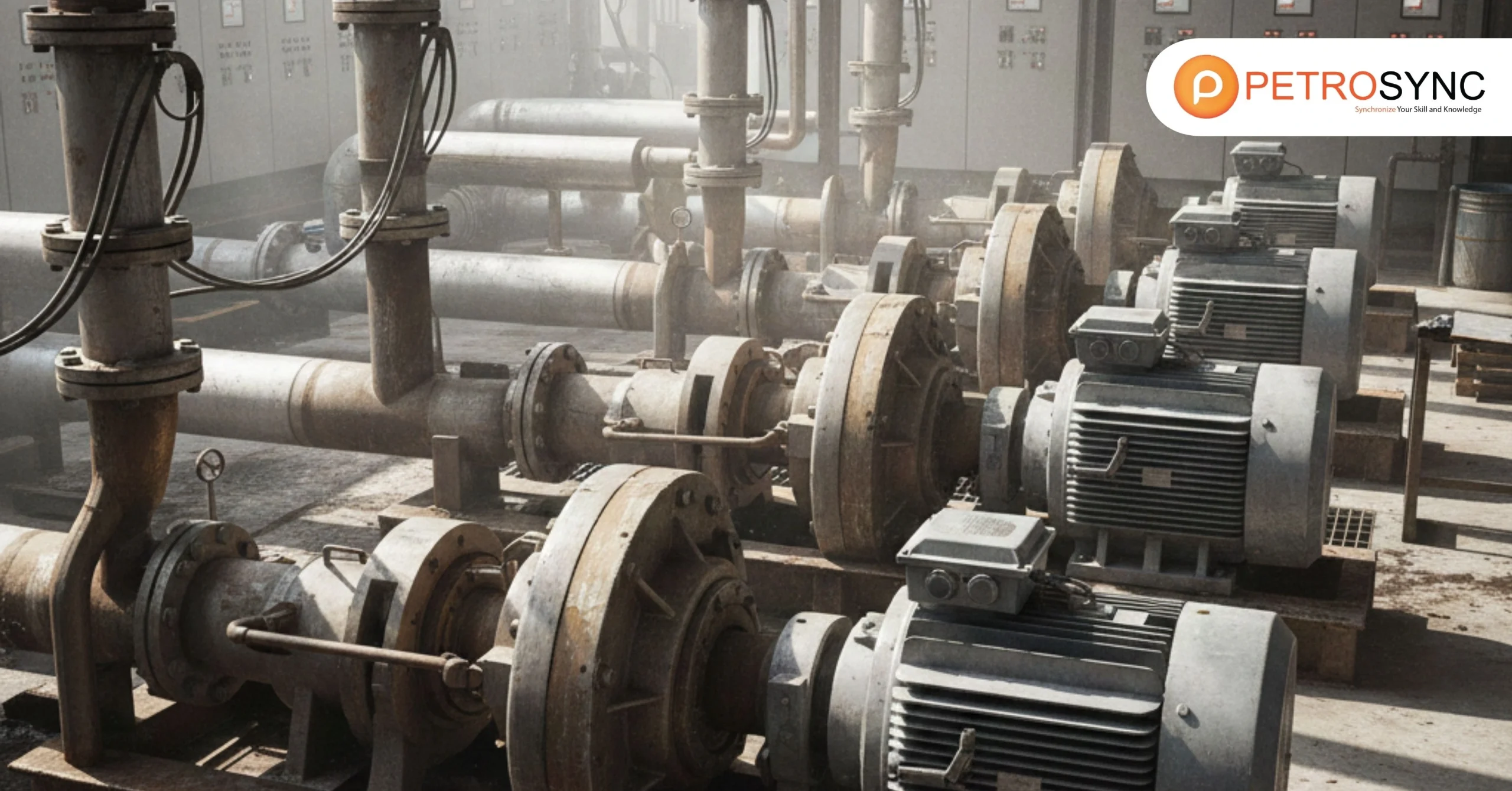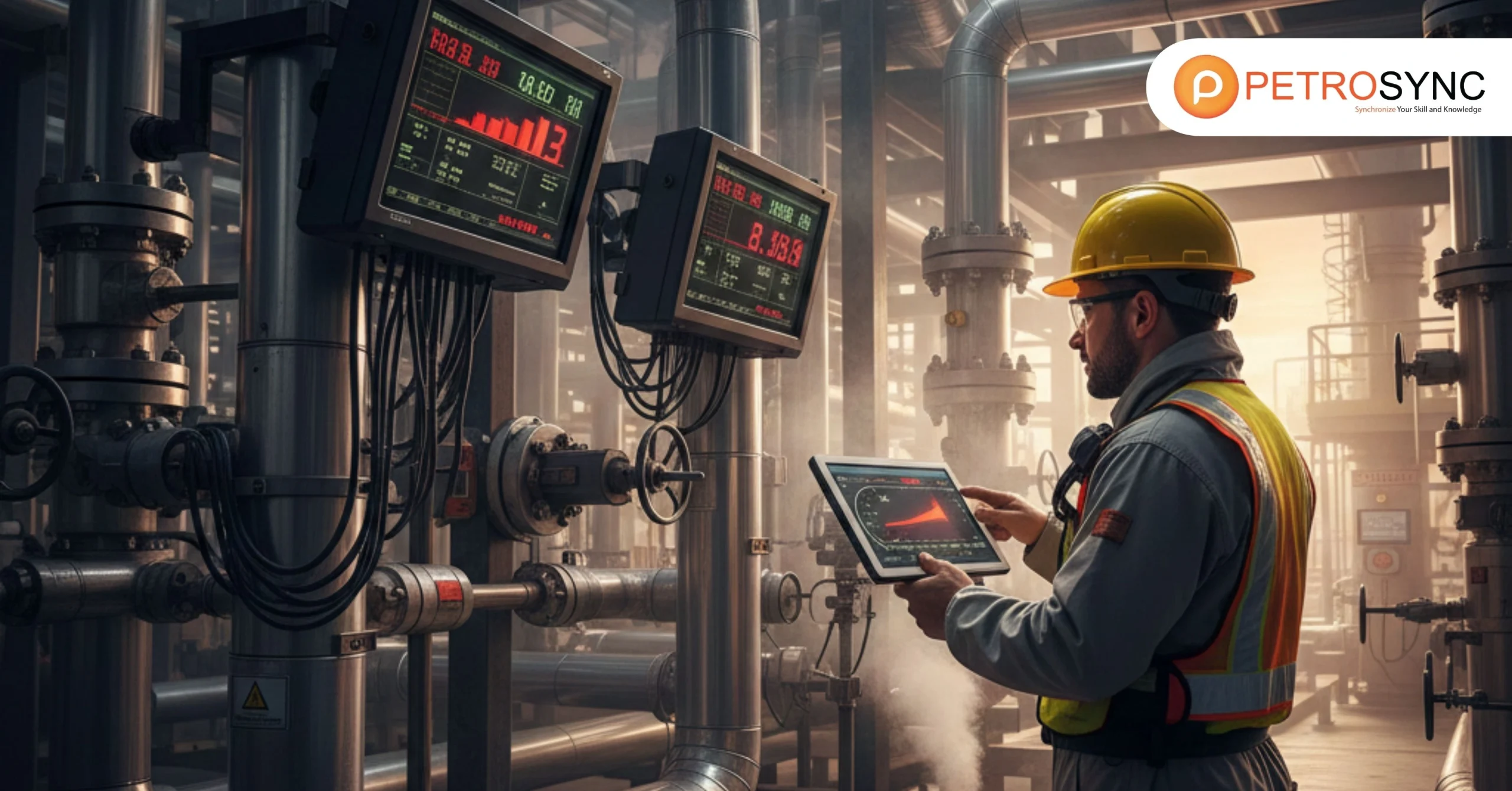Planning to take the API 510 exam to obtain the piping inspector certification? You are in the perfect spot if you are getting ready to prepare for this critical test.
What Is API 510?
API 510 is a set of rules and guidelines that provides instructions on inspecting and maintaining large pressure vessels safely. These vessels are commonly used in various industries, such as chemical and pharmaceutical manufacturing.
API 510 standard ensures that these pressure vessels are regularly checked for any issues and that necessary repairs or maintenance are carried out to prevent accidents and ensure the safety of people and the environment. It is a formal and structured guide to handle these critical industrial components properly.
What Is The API 510 Exam?
The API 510 Exam is a standardized test designed to assess and certify your knowledge and understanding of the API 510 standard. This certification is essential if you work with pressure vessels in various industries, ensuring that you are well-versed in the guidelines and procedures for inspecting and maintaining these vessels safely.
Successfully passing the API 510 exam demonstrates your competence and qualification to carry out these critical tasks professionally and responsibly.
What Is the API 510 Exam Effectivity Sheet?
The API 510 effectivity sheet document outlines the rules and guidelines regarding the topics and subject matter covered in the API 510 certification exam. It specifies what areas and content are included in the examination, helping you prepare effectively by focusing on the relevant subject matter.
Essentially, the effectivity sheet serves as a study guide, ensuring that you study for the API 510 exam and are well-prepared for the specific content that will be tested.
What Are The Publications Mentioned in the API 510 Exam Effectivity Sheet?
1. API 510
| 11th Edition, October 2022, with Errata 1 (March 2023) | Pressure Vessel Inspection Code: In-service Inspection, Rating, Repair, and Alteration. | |
Focusing on learning the API 510 standard is crucial for preparing for the exam because it makes up the largest part of the content. Understanding this standard is key to tackling a significant portion of the questions on the API 510 exam.
2. API Recommended Practice 571
This document focuses on understanding the various damage mechanisms that affect fixed equipment in the refining industry, helping professionals identify, assess, and mitigate potential issues, which is crucial for ensuring the integrity of the equipment. Only the following sections/mechanisms from API 571 are included in the exam:
|
Section 2 Terms and Definitions |
||
| Par 3.3 | Amine Stress Corrosion Cracking | |
| Par 3.8 | Atmospheric Corrosion | |
| Par 3.11 | Brittle Fracture | |
| Par 3.14 | Caustic Corrosion | |
| Par 3.15 | Caustic Stress Corrosion Cracking | |
| Par 3.17 | Chloride Stress Corrosion Cracking | |
| Par 3.20 | Cooling Water Corrosion | |
| Par 3.22 | Corrosion Under Insulation (CUI) | |
| Par 3.27 | Erosion/Erosion-Corrosion | |
| Par 3.36 | High-temperature Hydrogen Attack | |
| Par 3.37 | Hydrochloric Acid Corrosion | |
| Par 3.43 | Mechanical Fatigue (including Vibration-induced Fatigue) | |
| Par 3.58 | Sour Water Corrosion (Acidic) | |
| Par 3.61 | Sulfidation | |
| Par 3.67 | Wet H2S Damage (Blistering/HIC/SOHIC/SCC) | |
3. API Recommended Practice 572
| 4th Edition, December 2016 | Inspection Practices for Pressure Vessels | |
API RP 572 outlines best practices for inspecting pressure vessels, emphasizing the importance of thorough inspections to effectively identify and address any potential problems.
4. API Recommended Practice 576
| 4th Edition, April 2017 | Inspection of Pressure-relieving Devices | |
This standard provides guidelines for inspecting pressure-relieving devices, such as relief valves, ensuring they function correctly and can safeguard the pressure vessels they are connected to.
5. API Recommended Practice 577
| 3rd Edition, October 2020 | Welding Processes, Inspection, and Metallurgy | |
Focusing on welding processes and metallurgy, this document helps professionals maintain the quality and integrity of welds in pressure vessels, a critical aspect of ensuring their safety and reliability.
6. API Recommended Practice 578
| 3rd edition, February 2018 | Guidelines for a Material Verification Program (MVP) for New and Existing Assets | |
The standard offers guidance on establishing a Material Verification Program to ensure that materials used in new and existing assets meet the required quality and performance standards.
7. American Society of Mechanical Engineers (ASME), Boiler and Pressure Vessel Code, 2021 Edition
This comprehensive code sets the standards for the design, construction, and inspection of pressure vessels and boilers, providing the basis for ensuring their safety and compliance with regulations.
| Section V, Nondestructive Examination, Articles 1, 2, 6, 7 and 23 (Section SE-797 only) | ||
| Section VIII, Rules for Construction of Pressure Vessels, Division 1; Introduction (U), UG, UW, UCS, Appendices 1-4, 6, 8, and 12 | ||
| Section IX, Qualification Standard for Welding, Brazing, and Fusing Procedures; Welders; Brazers; and Welding, Brazing, and Fusing Operators, (Welding only) |
8. American Society of Mechanical Engineers (ASME) PCC-2
ASME PCC-2 focuses on repairing pressure equipment and piping, offering valuable insights and procedures for safely and effectively addressing issues to maintain the integrity of these assets. The examination will cover each referenced article and its appendices
| Article 101 | Scope, Organization, and Intent | |
| Article 201 | Butt-Welded Insert Plates in Pressure Components | |
| Article 202 | External Weld Buildup to Repair Internal Thinning | |
| Article 209 | Alternatives to Postweld Heat Treatment | |
| Article 210 | In-Service Welding Onto Carbon Steel Pressure Components or Pipelines | |
| Article 211 | Weld Buildup, Weld Overlay, and Clad Restoration | |
| Article 212 | Fillet Welded Patches | |
| Article 215 | Repair Welding Considerations for Cr-Mo Steel Pressure Vessels | |
| Article 216 | Welded Hot Taps in Pressure Equipment or Pipelines | |
| Article 304 | Flaw Excavation and Weld Repair | |
| Article 305 | Flange Repair and Conversion | |
| Article 312 | Inspection and Repair of Shell and Tube Heat Exchangers | |
| Article 501 | Pressure and Tightness of Piping and Equipment | |
| Article 502 | Nondestructive Examination in place of Pressure Testing for Repairs and Alternations | |
What Are Some FAQs Regarding the API 510 Exam?
1. What is the API 510 Exam Effectivity Sheet?
The API 510 exam effectivity Sheet is a guide that lists the essential study materials and standards for the API 510 certification exam. It helps you focus on the suitable topics during your preparation.
2. Why should I pay attention to the latest changes in the API 510 Effectivity Sheet?
Staying updated on the API 510 Effectivity Sheet is crucial because it ensures that your exam preparation and knowledge comply with the latest safety and regulatory standards, ultimately leading to a safer and more efficient work environment.
3. How can I access the API 510 Effectivity Sheet updates?
You can access the latest API 510 effectivity sheet updates through the official API website or by referring to authorized industry publications and resources.
4. Are there any penalties for non-compliance with the API 510 Effectivity Sheet?
Yes, non-compliance can result in severe penalties, including legal consequences and damage to your organization’s reputation.
5. What types of pressure vessels are covered by the API 510 Effectivity Sheet?
The API 510 Effectivity Sheet covers a wide range of pressure vessels used in petrochemical, pharmaceutical, and manufacturing industries.
6. How often are updates released for the API 510 Effectivity Sheet?
Updates are typically released periodically to adapt to changing industry needs and advancements in technology.
In addition to the information provided in this article about the API 510 exam effectivity sheet, if you are interested in API 510 training, we recommend checking out PetroSync‘s API 510 training courses.
PetroSync offers specialized training to help you effectively prepare for the API 510 exam and increase your chances of success. Our courses are designed to provide comprehensive knowledge and practical skills required to excel in the examination. To learn more about PetroSync’s API 510 training, please fill out the form below for further details.

SEO specialist by day, fact-checker by night. An avid reader and content writer dedicated to delivering accurate and engaging articles through research and credible sources.






